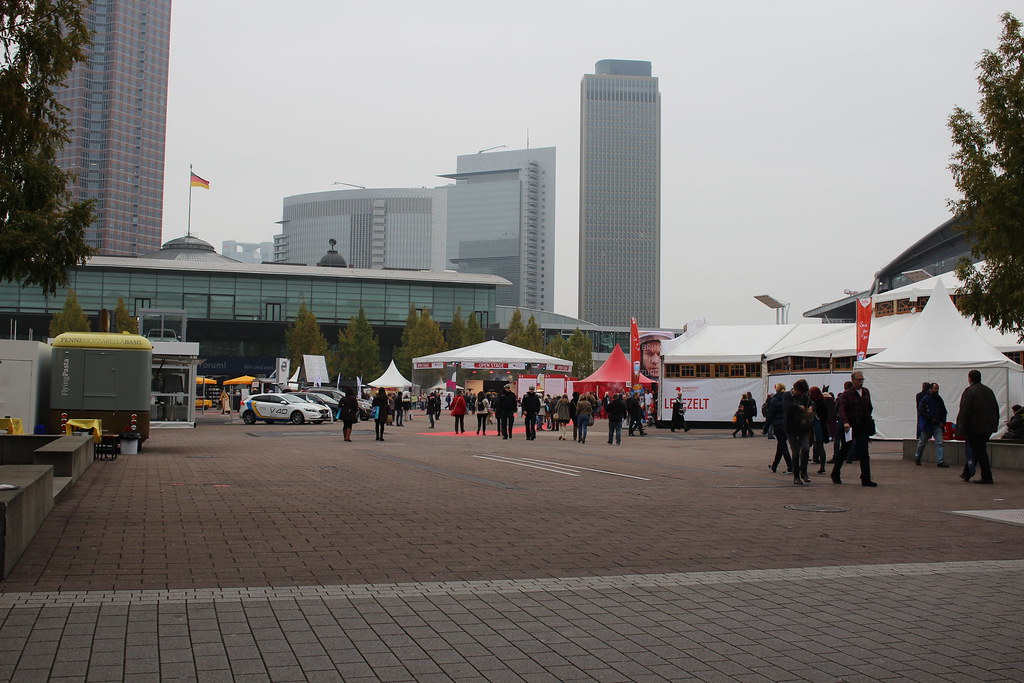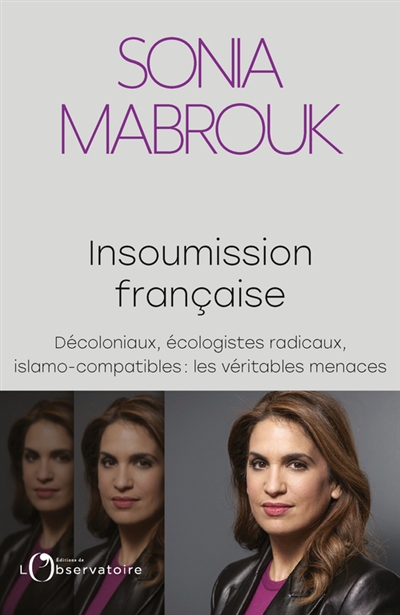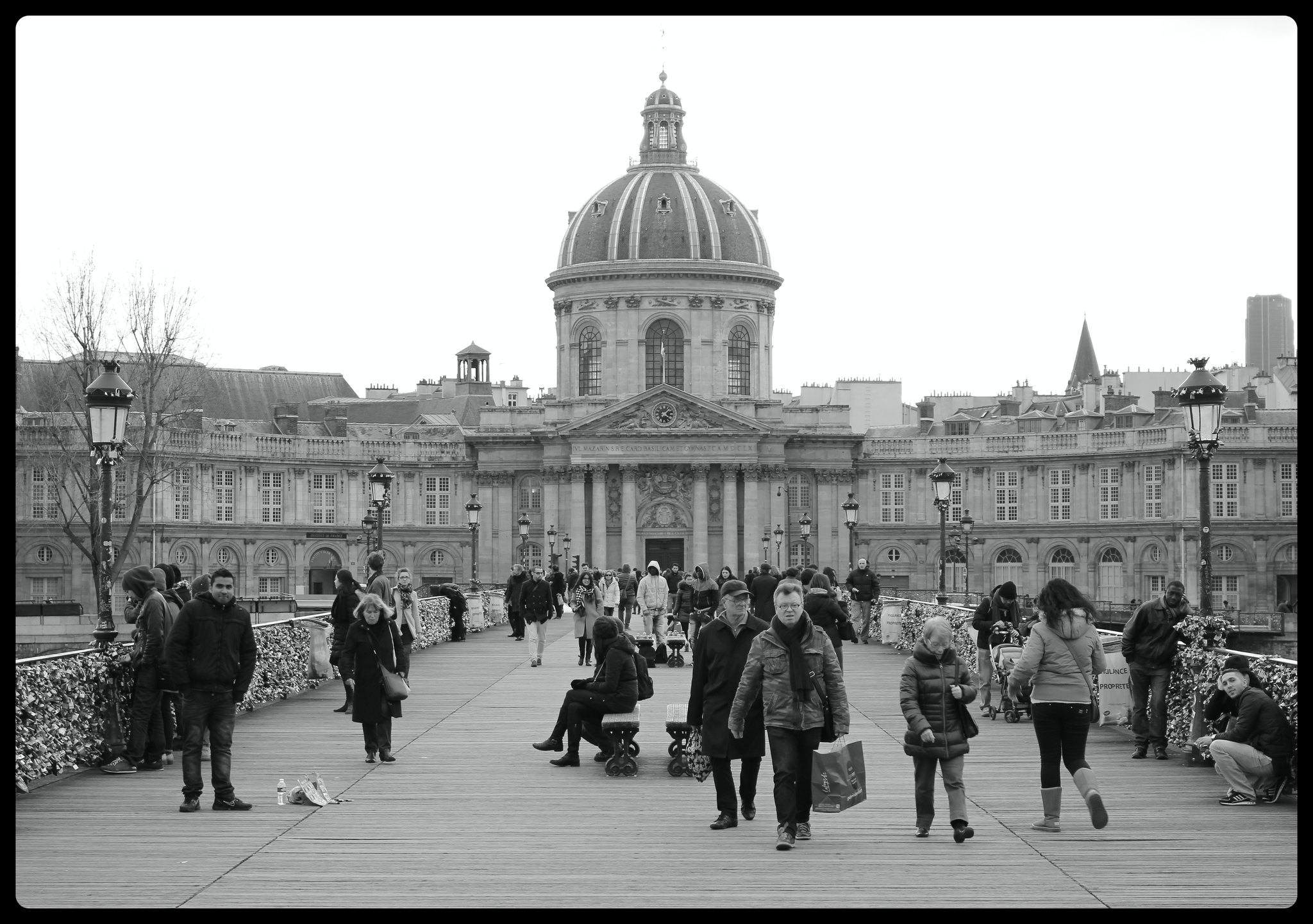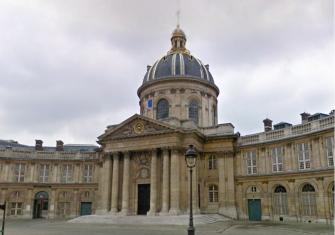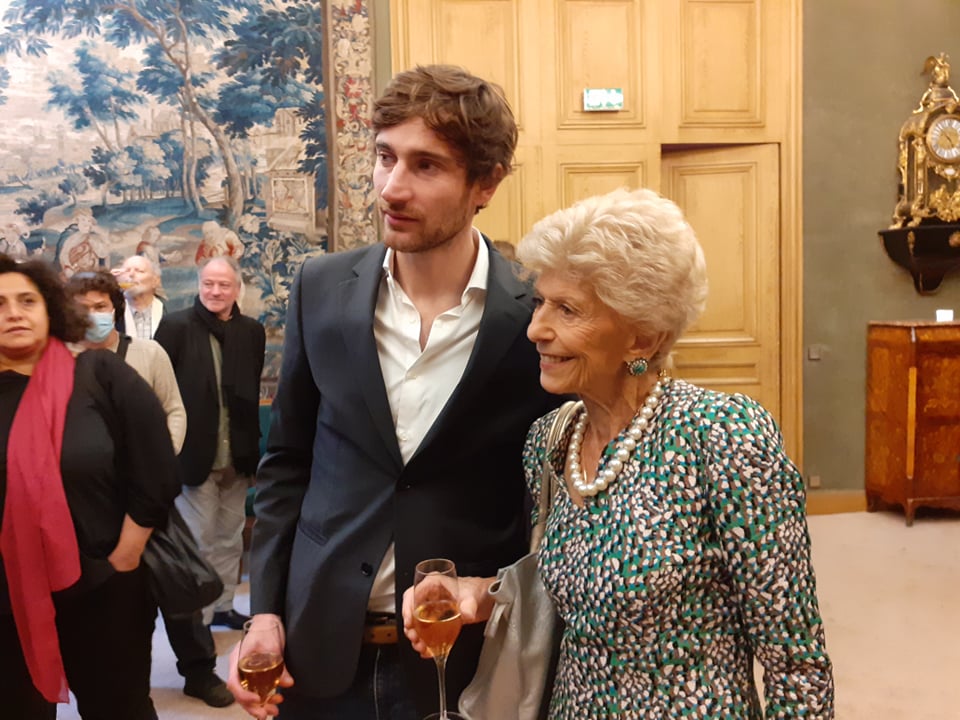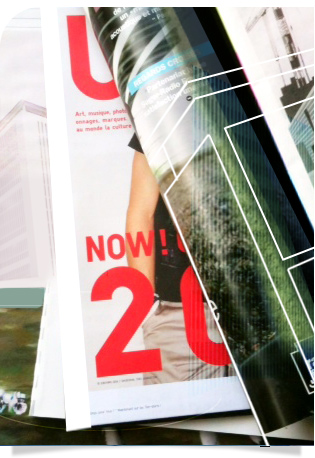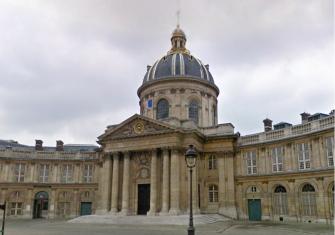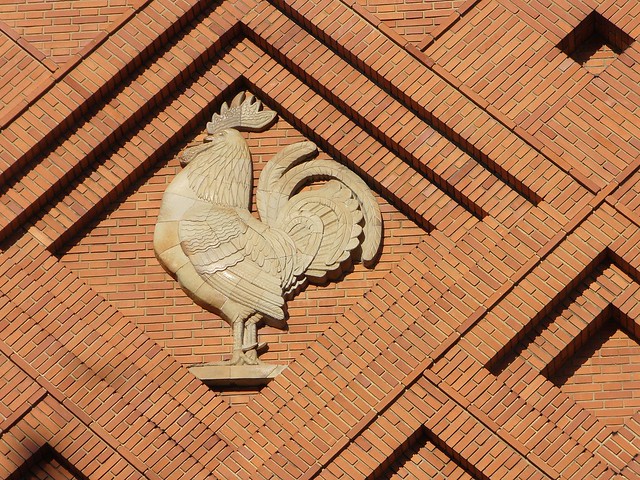Le landscape français
Rédacteurs
Dossiers

Le Grand Prix de l'Académie française
Prix annuel, créé en 1914, le Grand Prix de l'Académie française vient récompenser l’auteur du roman que l’Académie a jugé le meilleur de l’année. Doté de 10.000 € depuis 2016, il est habituellement décerné à la fin du mois d'octobre, au cœur de la rentrée littéraire.

Le Bureau International de l'Édition Française (BIEF)
Le Bureau International de l'Édition Française (BIEF) est une association créée en 1873 par le Cercle de la librairie pour être au service des éditeurs en facilitant leur développement à l'international, l'exportation des titres, mais aussi les achats de droits de traduction. Aujourd'hui, cette mission est sensiblement la même.
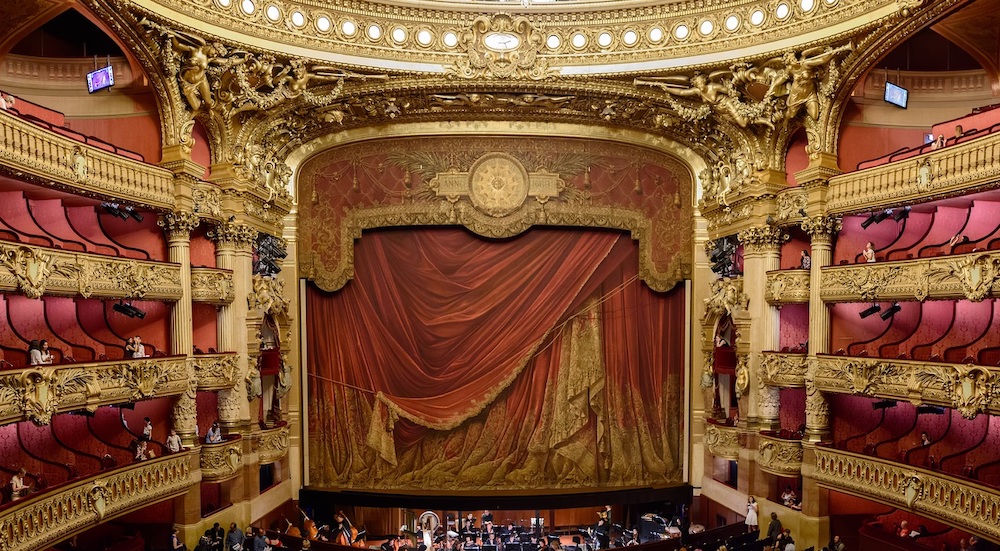
Le théâtre du XVIIe au XXIe siècle - Programme de français 1ère
Pour la classe de Première en voie générale, le curriculum de français présente quatre domaines d'exploration. Pour l'année académique 2023-2024, le sujet "Le théâtre du XVIIe siècle au XXIe siècle" a été renouvelé.

Philippe Curval, le touche-à-tout des lettres française
Philippe Curval est né à l'aube des années trente, a côtoyé les surréalistes, a fréquenté de nombreux écrivains comme Boris Vian ou Topor, participé à la naissance de la première librairie de science- fiction, de la première revue de science-fiction.
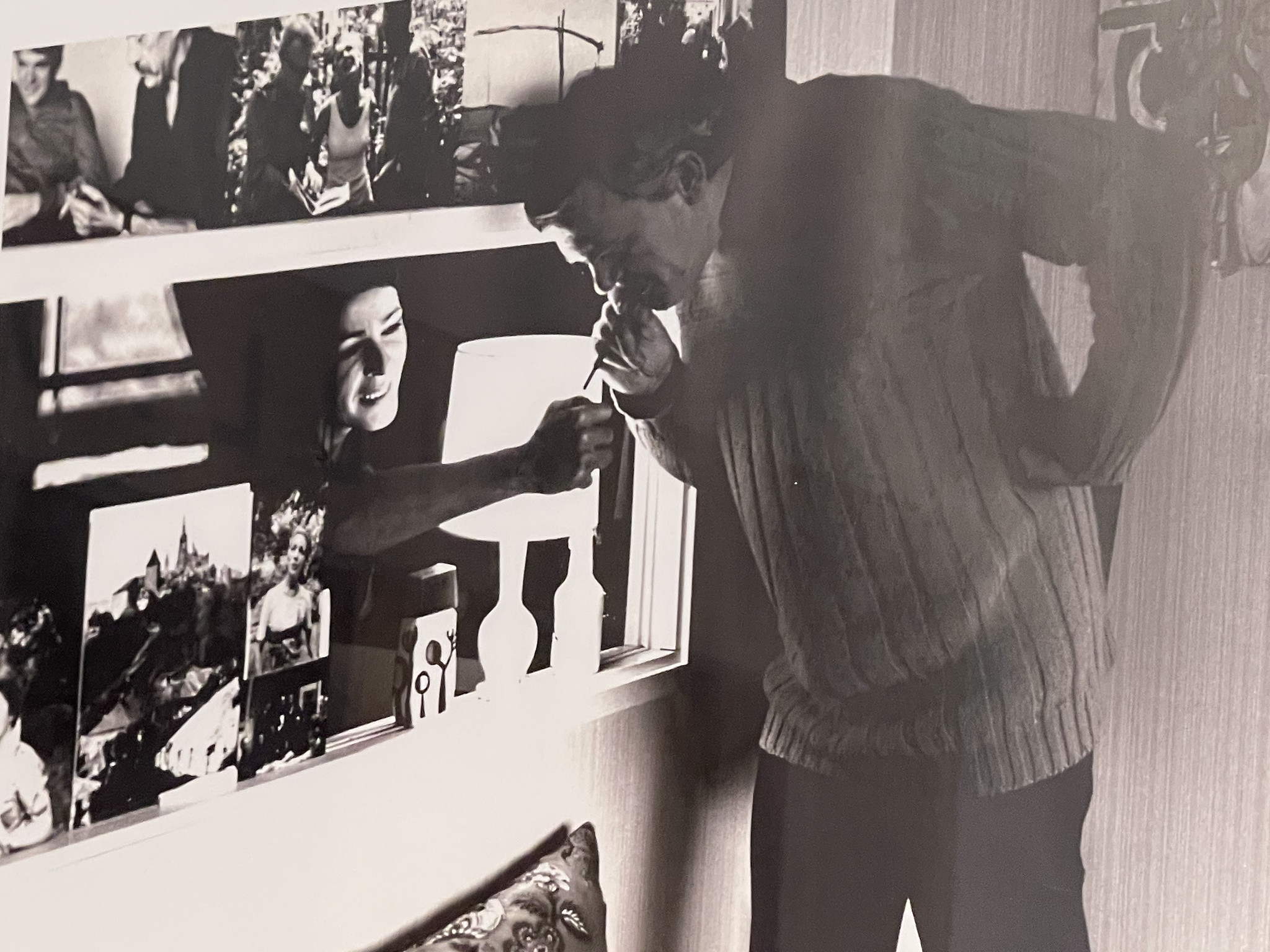
Milan Kundera par ses livres : la passion française
Milan Kundera est né le 1er avril 1929 à Brno, en Tchécoslovaquie (aujourd'hui République tchèque). Il est l'un des écrivains les plus importants et les plus influents du 20e siècle. Ses écrits, qui abordent des thèmes tels que l'amour, l'existence et l'identité, sont connus pour leur complexité et leur profondeur philosophique.

Programme, invités : La Grande Librairie, l'invitation à lire de François Busnel
Émission phare de la littérature sur le service public, La Grande Librairie, présentée par François Busnel, fait preuve d'une longévité que beaucoup lui envient. Créée en 2008 par son présentateur lui-même pour la chaîne France 5, l'émission hebdomadaire convie un ou plusieurs invités pour aborder différents thèmes, en lien avec des ouvrages récemment parus.
Extraits

Biographies
Le landscape français
02/2023
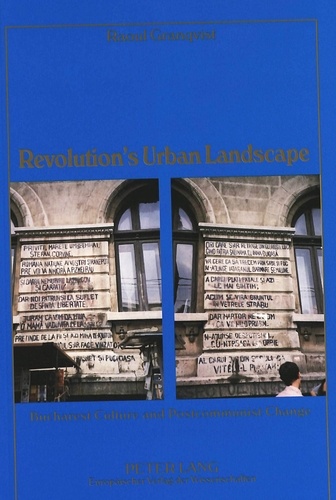
Non classé
Revolution's Urban Landscape
11/1999

Beaux arts
California concrete: a landscape of skateparks
09/2019
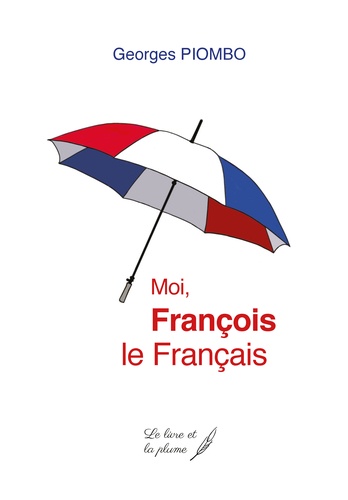
Littérature française
Moi, François le Français
06/2022
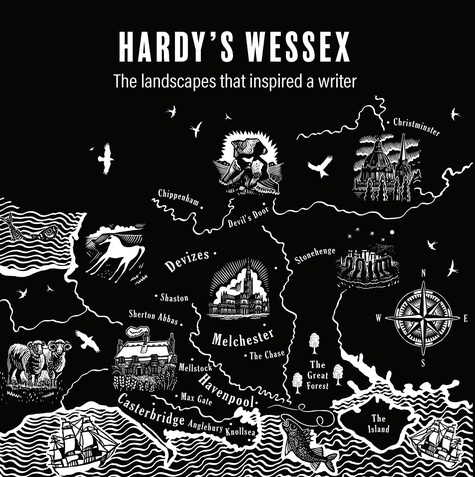
Monographies
Hardy's Wessex. The landscapes that inspired a writer
06/2022
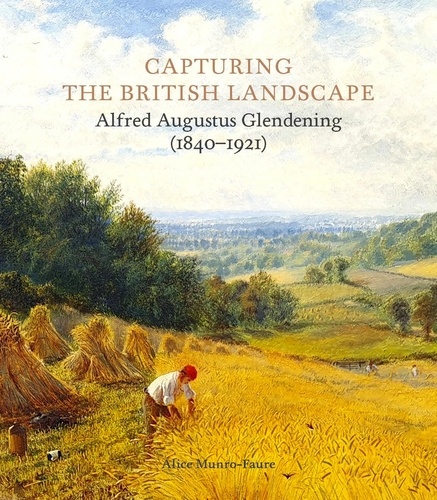
Beaux arts
Capturing the British Landscape. Alfred Augustus Glendening (1840–1921)
10/2022




